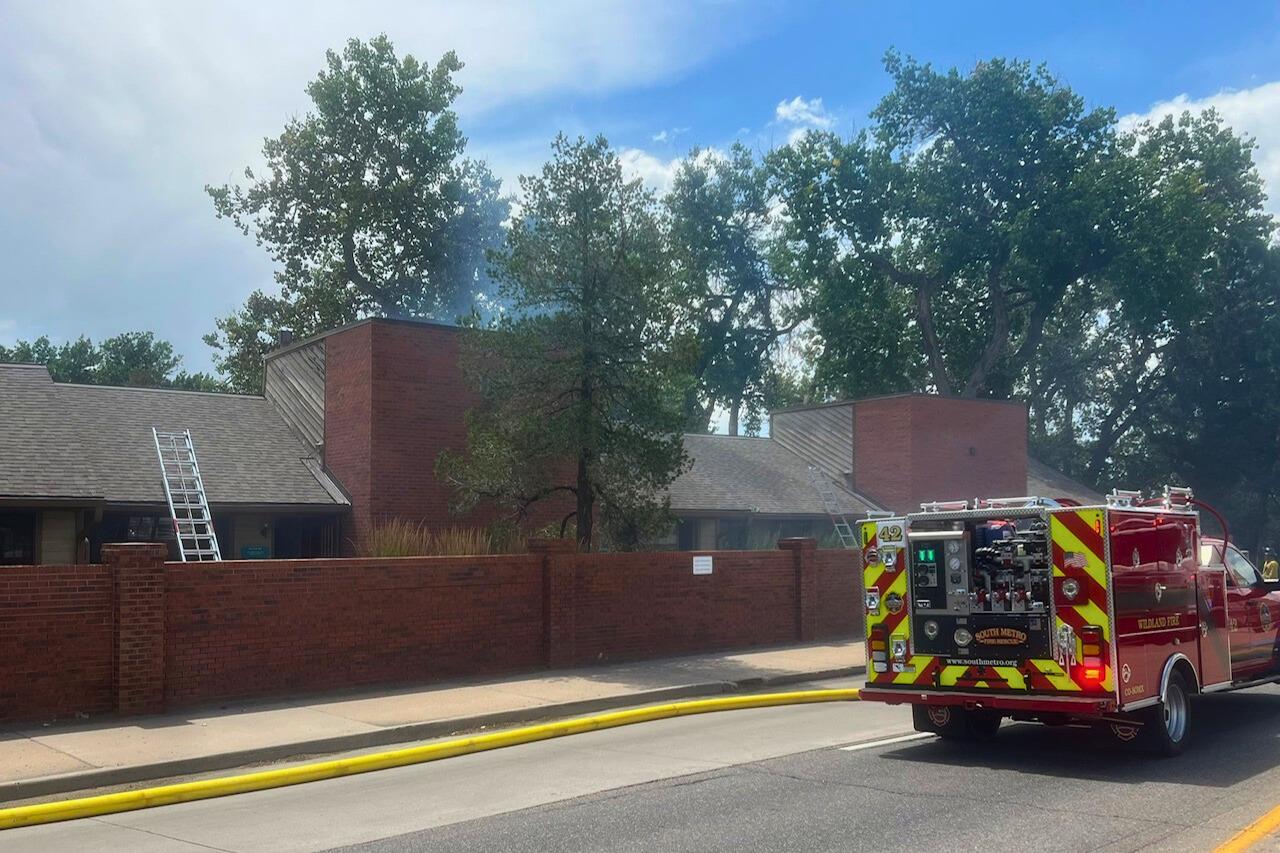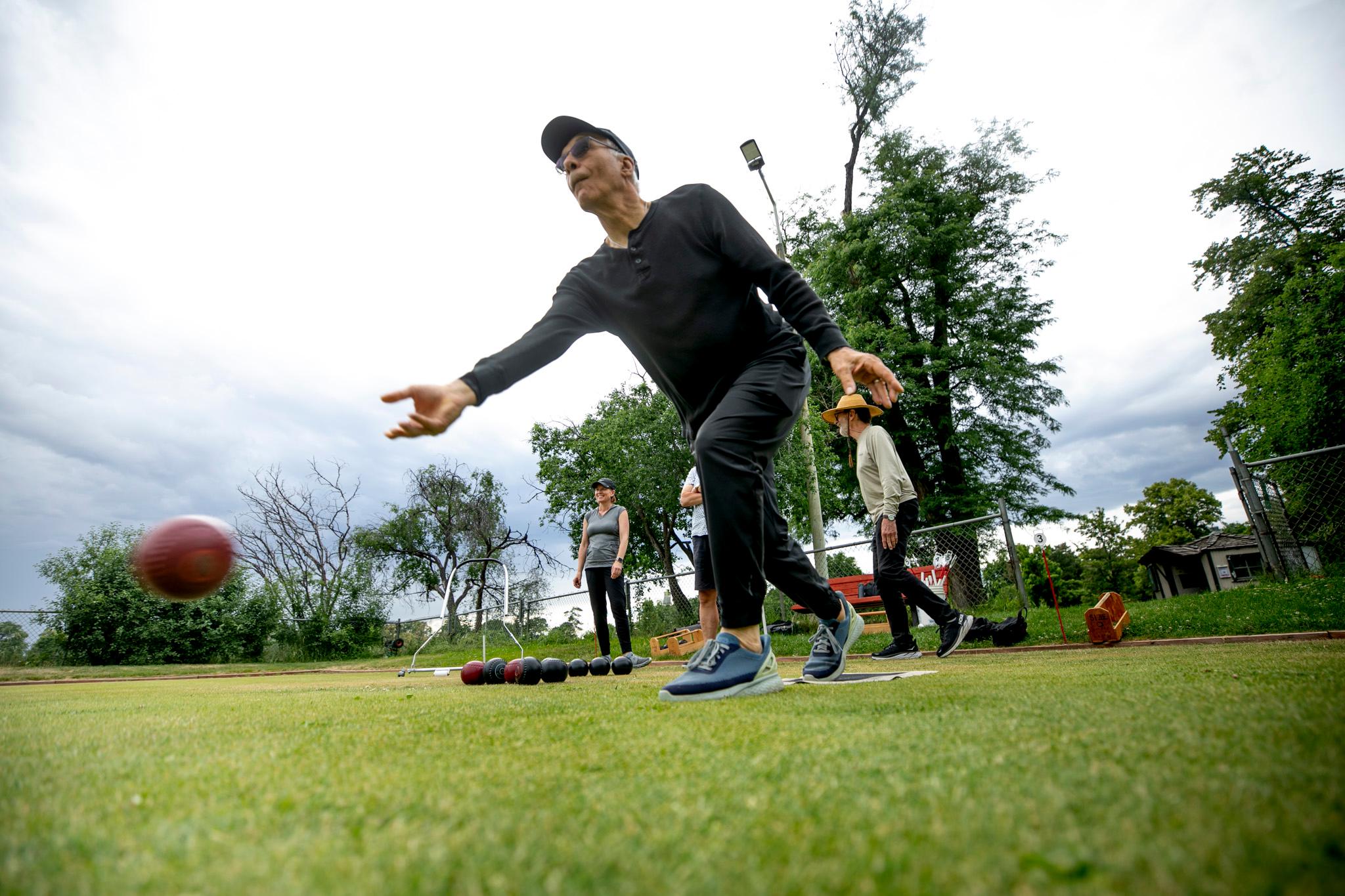School districts across the country have grappled with how to navigate the current surge of COVID cases brought on by the omicron variant. Some have decided to resurrect remote learning while they ride out the wave. Others, including Denver Public Schools, are hoping health precautions will protect students and staff as they return to the classroom.
However, less than a week into the semester, the district canceled classes Thursday, citing both snowy conditions and severe staffing shortages in schools and administrative offices.
Teachers, public health officials and DPS all say they want to avoid moving to remote learning on a full-time basis. But as cases continue to climb in Denver, surpassing previous peaks, Rob Gould, a special-education teacher and president of the Denver Classroom Teachers Association (DCTA), said there's no clear guidance from the district about when its schools should go remote.
"There's no clear thresholds," Gould said. "We've been told by the district that it depends on how many staff, whether or not they can get people to cover. But there isn't any clear understanding of what's too many" staff absences to handle.
DPS spokesperson Scott Pribble wrote in an email that the district will evaluate whether to move remote on a "case-by-case basis," and that school leaders will evaluate whether they have enough staff to cover any shortages.
"The decision could be to switch a grade level, multiple grade levels or the entire school to remote learning temporarily," Pribble wrote. "That is dependent on the number and type of staff that will be out for a period of time."
There are already 16 DPS campuses that are temporarily closed, according to district data. The circumstances behind their closures are unknown.
Gould said DCTA, which represents 4,000 teachers across DPS, is asking the district to temporarily move to remote learning as conditions in schools are "deteriorating quickly." If a district-wide shift isn't on the table, the union is requesting more health precautions, like increased testing and more social distancing, be put in place.
But what the union would really prefer is that the decision to go remote be put directly into the hands of individual schools, Gould said.
"Also, we are hoping that the district really makes it more of a site-based decision as the educators within those buildings know what is happening in real time," he said.
Madelyn Percy, a science teacher at Noel Community Arts School in Montbello, said she has no desire to go back to remote learning. She said remote learning makes it difficult for students to learn physics and chemistry, the two subjects she teaches.
At the same time, Percy thinks the staffing shortages brought on by the ongoing labor shortage and quarantines will require temporary periods of remote learning. Just two days into the new semester, she's already had to cover for two classes because of coworkers who have called out sick, with more on the horizon. That cuts into her prep time, she said.
Percy said the district has handled a lot of issues, like vaccinations and masks, correctly. But she stressed that in order to get past the omicron wave, the district needs to adapt and do more.
"All of my work is shifted into the evening or into the early morning," Percy said. "And that's every single day. It is just exhausting."












